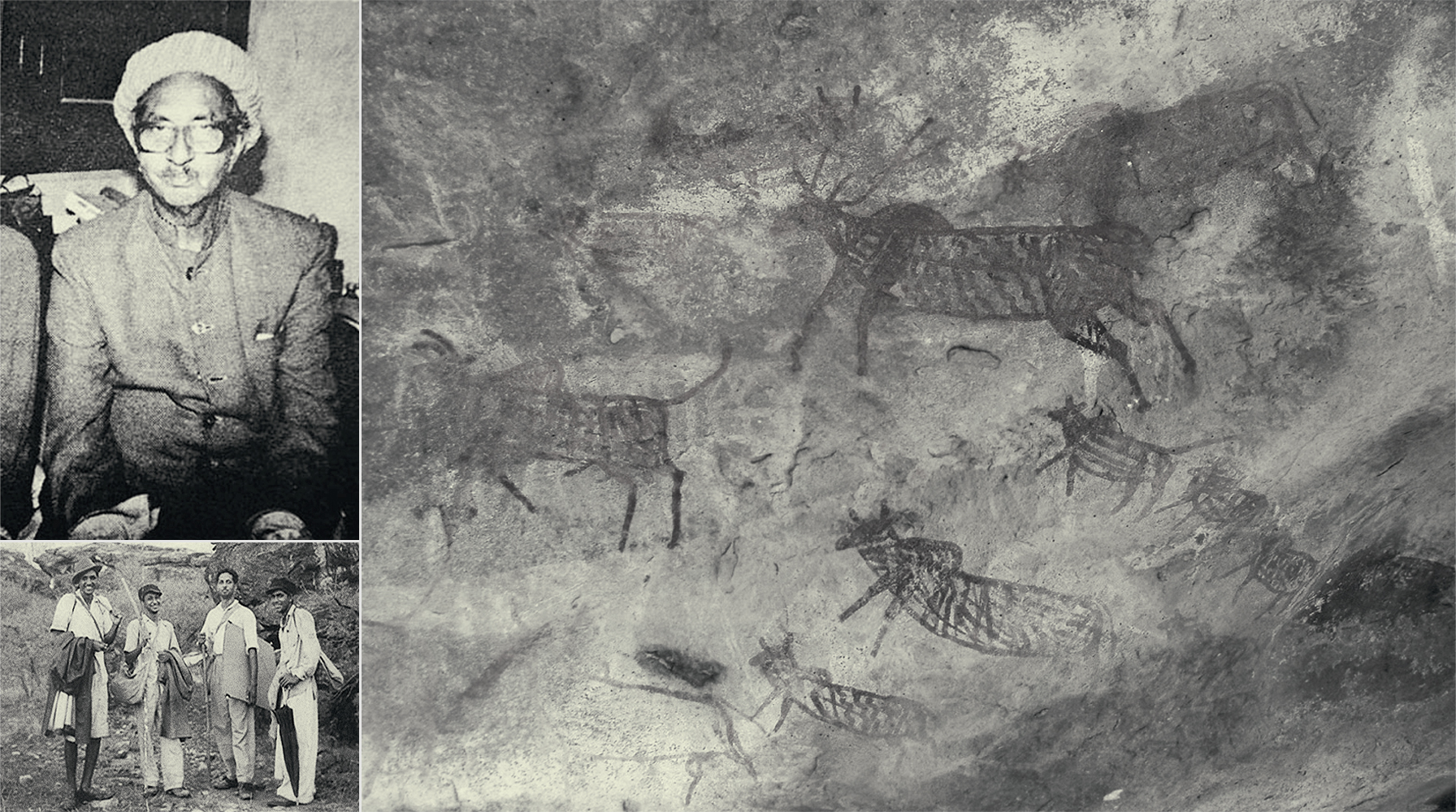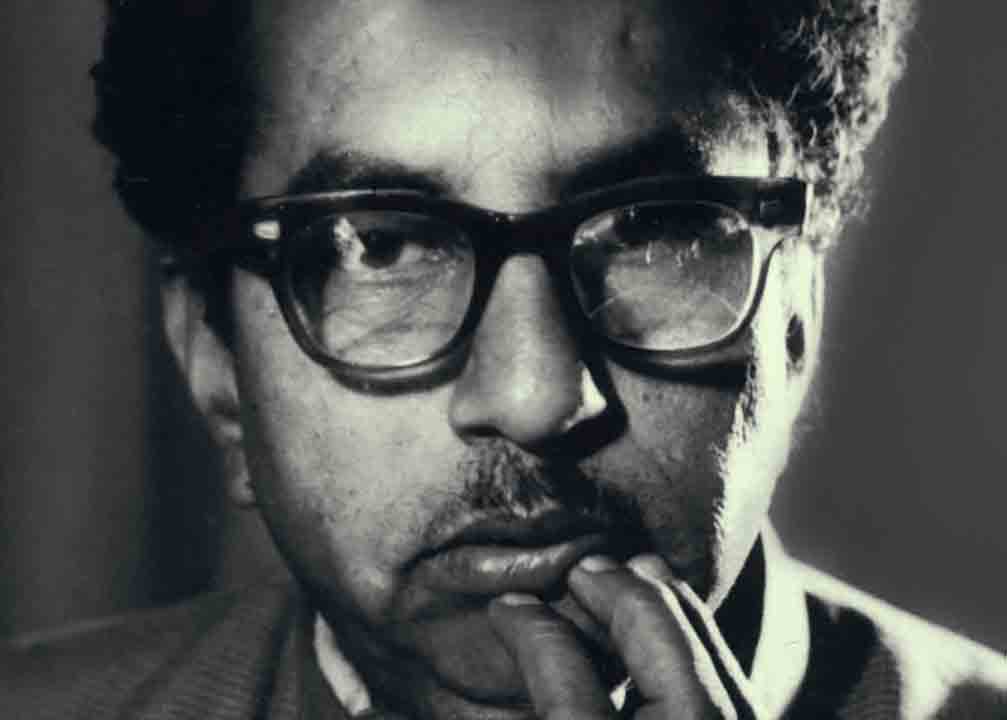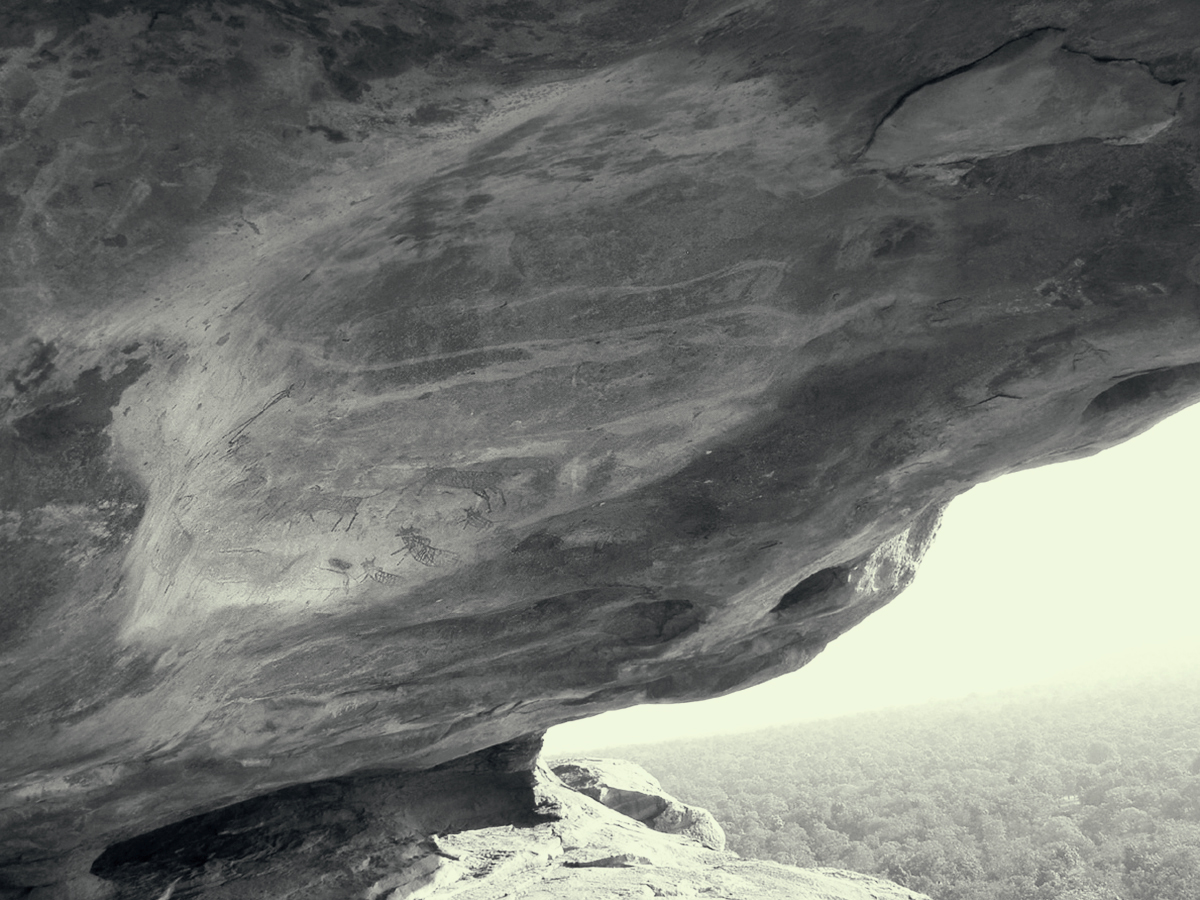


In an extract from 'An Accidental Interview with Wakankar' by K.L. Kamat, Dr. Wakankar explained to the author how he had accidentally discovered Bhimbetka.
"In 1956, I was going from Bhopal to Itarasi by train and felt that the mountains hid great history in them. I got down in the next station and walked up here. The very first cave I entered had paintings in it! This place has artifacts dating back to 500,000 years." He stood on a mound and said "This is a Buddhist stupa; there are two of these. Emperor Ashoka's entourage must have come this way. Do you see those ruins over there? They are the remnants of a dam built by King Bhojaraja. He had built the biggest lake of his time. The boats could come here from Bhopal." He paused. "This location is archaeologically important not just from India's point of view, but from the humanity's."
In 1970 UNESCO inscribed the Bhimbetka caves as a World Heritage Site. It is thought that the Bhimbetka caves exhibit some of the earliest traces of human life in India.
Vishnu Shridhar Wakankar was born on 4th May 1919 at Neemuch, a town in the Malwa region of the Indian state of Madhya Pradesh.
The Bhimbetka rock art sites about 45 kilometres south-east of Bhopal, have become famous: they are the ones that are always mentioned whenever Indian rock art is alluded to. They were discovered and revealed to the world by V.-S. Wakankar from 1957 onwards. Bhimbetka, set in the Vindhyan range of central India, is about ten kilometres by two. On seven hills more than 500 painted sandstone shelters are known in an environment of forests, nowadays threatened by population increase and pressure. Some of the painted sites are very minor, with a few images only whereas there will be hundreds in others. They were put on the World Heritage List of UNESCO in 2003.
His distinguished academic career earned him the title 'the Pitamaha of Rock Art in India'. From 1954 onwards, he carried out extensive field work on rock art in India and abroad - Europe, North America and the Middle East. In India it is estimated that he discovered and documented some 4,000 decorated caves.

| Dr Vishnu Shridhar Wakankar | |
| Born on 4 May 1919 at Neemuch (M. P.) | |
| Education: G. D. (Art), M. A. and Ph. D. | |
| Director: Bharati Kala Bhavan, Rock Art Research Center | |
| Founder President: Wakankar Bharati Sanskriti Anveshan Nyas | |
| 1963: Dorabjee Tata Trust Scholarship for education in France | |
| 1961-63: French government Scholarship for Research in Sorbornne, France | |
| 1966: Invitation from U.S.A. for studies in Rock Arts | |
| 1975: Recipient of "Padmashree" | |
| 1981: Presentation of paper at Capo de Ponte - Italy | |
| 1984: Exhibition on "India’s contribution to the World" in USA | |
| 1984: Studies in Mayan and Aztec civilization in USA | |
| Published more than 6 books and 400 publications | |
| Lectured at more than 16 places abroad |















